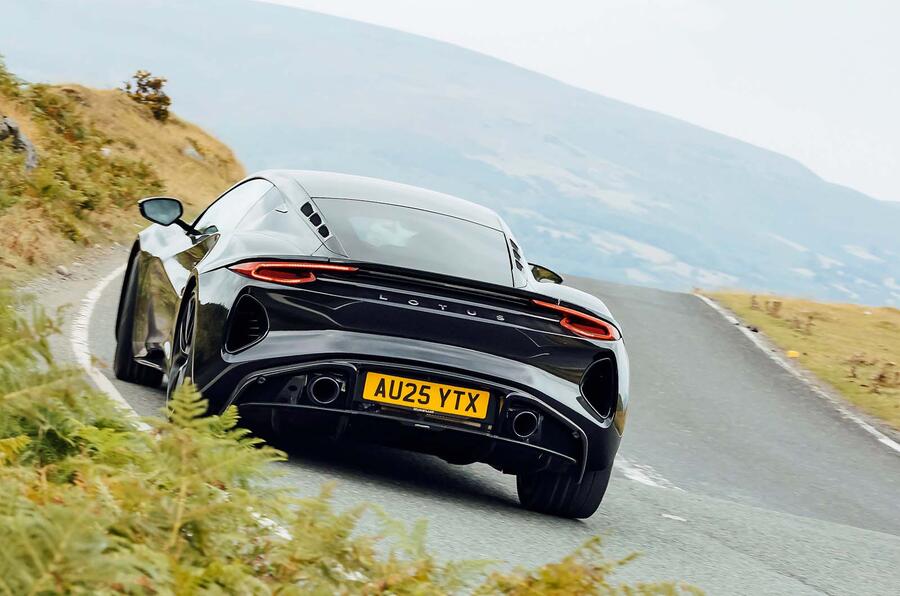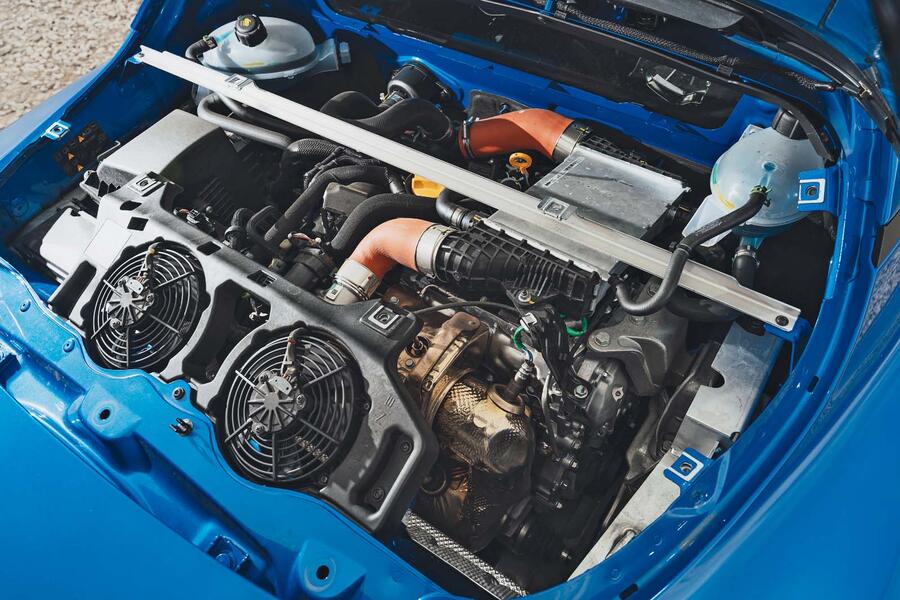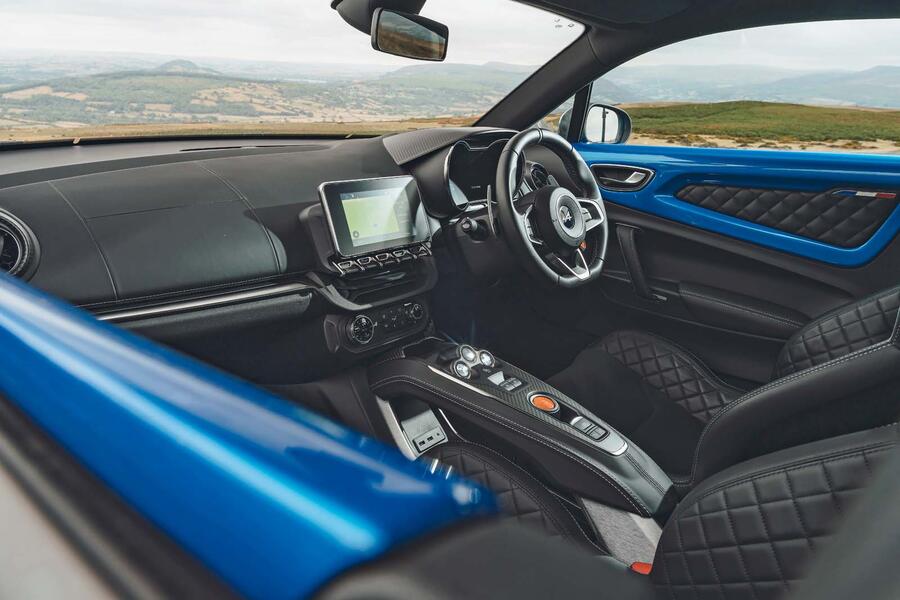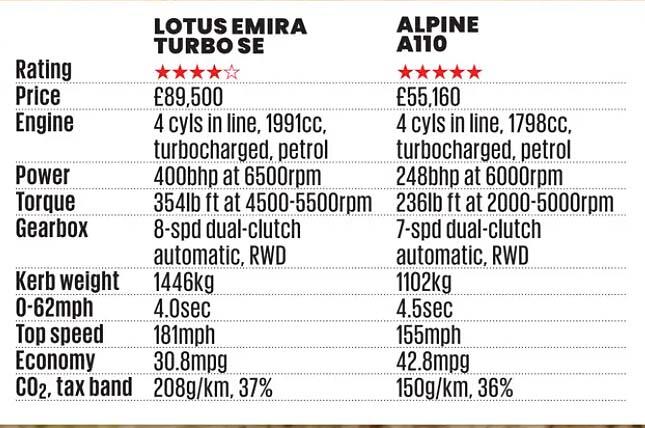The Alpine A110 came out of left field. It was born during an era of Renault that was hardly the most adventurous, and yet it was its own thing.
Light, cleverly engineered, achingly pretty and sensational to drive, it rocked our world when it arrived in 2018 which, incredibly, is now seven years ago. With its aluminium construction and 1100kg kerb weight, it could have been a modern Lotus Elise. Meanwhile, Lotus itself was stuck making ever angrier versions of the Evora.
And when it did come up with an 'all-new' sports car, the Emira weighed 1500kg and took its bones from its predecessor. And with the Polestar 5 taking a more purist, driver-focused approach to the electric sports saloon than the Emeya, it appears Lotus is being out-Lotused from all directions.
Heritage is a selling point the new pretenders don't have, but it's also a burden that the 'legacy' makers have to a heavy one when their bear-traditional values don't align with the demands put on new cars by customers and regulations.
The modern Lotus, then, seems to be trying to lay its burden down and move away from the spectre of the Elise. With the Emira, Lotus has leant into the junior supercar vibe, and the new Turbo SE version is the best example of that.

The Mercedes-AMG-powered four-cylinder version was initially expected to provide a more affordable entry-point into the Emira range but, for whatever reason, that never came to pass. Blame the state of the world or AMG for making an expensive, high-tech, highly strung engine. The original 360bhp Emira i4 was neither cheap nor fast and furious enough to really convince.
With time and experience of this engine in this car, Hethel has improved the calibration of the eight-speed dual-clutch automatic gearbox and figured out how to unbridle the engine while still keeping it in one piece and meeting emissions standards. With 400bhp, the Turbo SE is now the fastest Emira. Doing 0-62mph in 4.0sec, it's very fast indeed.












Join the debate
Add your comment
Cayman should have been in the shoot out, but then it'll would have been a walk over... and that's before you mention quality and resale etc.
..just be quick as there are only a few new ones left, so they say.
Cayman or Boxster GTS 4.0 are the one's to buy, these both play second fiddle.
LoL! Second fiddle how? Less resale? Infotainment isn't as refined?